Definition of Succession Planning Succession planning is a process whereby an organization ensures that employees are recruited and developed to fill each key position within the company. Succession planning refers to procedures and processes designed to develop internal talent for the purpose of filling leadership and management positions once incumbents leave.
 7 Steps To Successful Succession Planning Robert Half
7 Steps To Successful Succession Planning Robert Half
Succession planning is the process of identifying and developing potential future leaders and senior managers as well as individuals to fill business-critical roles.
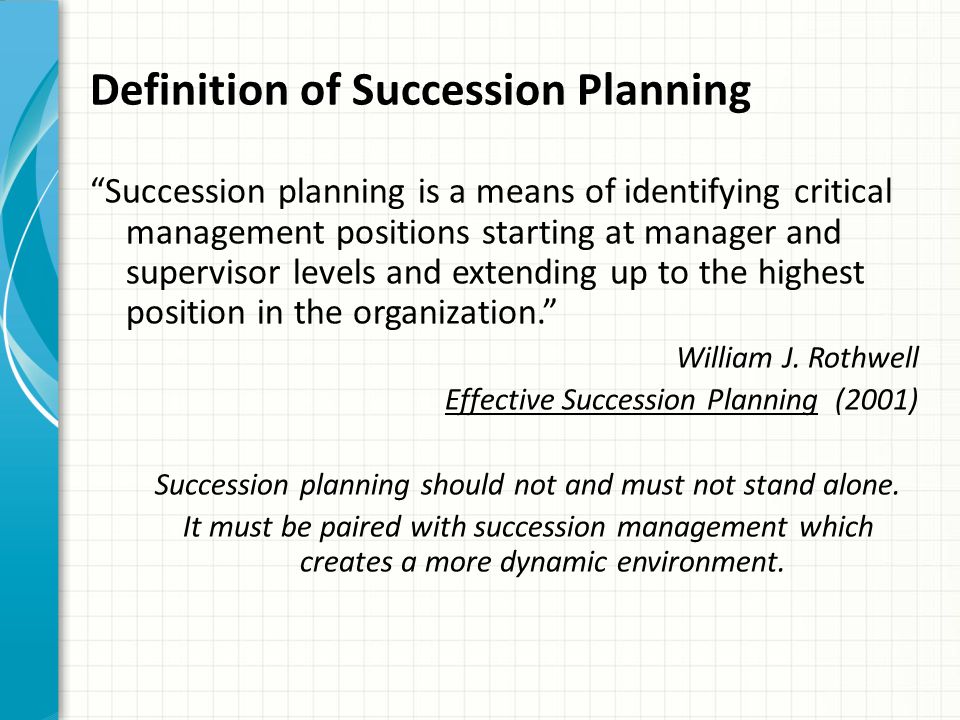
Succession planning definition. Succession planning is important because as an organization grows its more cost effective to develop current employees for key positions rather than hire new people. Succession planning is a process for identifying and developing internal people with the potential to fill key leadership positions in the company. Compare courses from top universities and online platforms for free.
Too often succession planning is minimized because organizations dont want the process to be perceived as a lack of confidence in their current executives. Succession planning is a process by which individuals are scanned to pass on the leadership role within a company. As another participant remarked Succession planning is one of those things that has no lit fuse Succession planning can be destabilizing and threatening.
It is a plan that managers can follow implement and customize to meet the. Succession planning is the process of selecting and developing key talent to ensure continuity of critical roles. It is actually a systematic process that creates potential leaders so that they can take up the mantle of the previous ones in case of their promotion transfer termination resignation death or retirement.
Ad Free comparison tool for finding Leadership courses online. Succession planning is a specific strategy which spells out the particular steps to be followed to achieve the mission goals and initiatives identified in workforce planning. Succession Planning is defined as the systematic process of recognizing and creating future leaders who are able to take the position of the old ones when they leave the organization due to retirement resignation termination transfer promotion or death.
Succession planning focuses on identifying and growing talent to fill leadership and business-critical positions in the future. Not all roles are relevant. The process ensures that business continues to operate efficiently without the presence of people who were holding key positions as they must have retired resigned etc.
Through the succession planning process organizations recruit superior employees develop their knowledge skills and abilities and prepare them for. Succession planning increases the availability of experienced and skillful employees that are hopeful to undertake these roles as they become available. Some organizations even put in place an emergency succession plan to allow for a smooth transition when a leader expectedly resigns is incapacitated or dies.
Succession planning is a talent management process that builds a pool of trained workers who are ready to fill key roles when leaders and other key employees step down. In the face of skills shortages succession planning has gained popularity and is now carried out in both large and smaller organisations. If we look at this definition we see multiple elements that stand out.
First of all succession planning is about critical roles. Succession planning is defined as a strategy that identifies develops and retains future leaders in an organization. In large companies succession planning is an ongoing event in anticipation of changes in leadership.
Succession planning is contrasted with replacement planning the latter of which is a simpler process designed to identify potential candidates to replace managers. Succession planning is the process whereby an organization ensures that employees are recruited and developed to fill each key role within the company. Succession planning is the process of identifying and developing potential future leaders or senior managers as well as individuals to fill other business-critical positions either in the short- or the long-term.
A succession plan is a plan that focuses on identifying and developing employees in order to help them advance within an organization. In this process you ensure that you will never have a key role open for which another employee is not prepared. The aim is to be able to fill key roles effectively if a current post holder leaves the organisation.
In a general definition succession planning is a fundamental structure that takes into account the organizations resources for the protection and development.
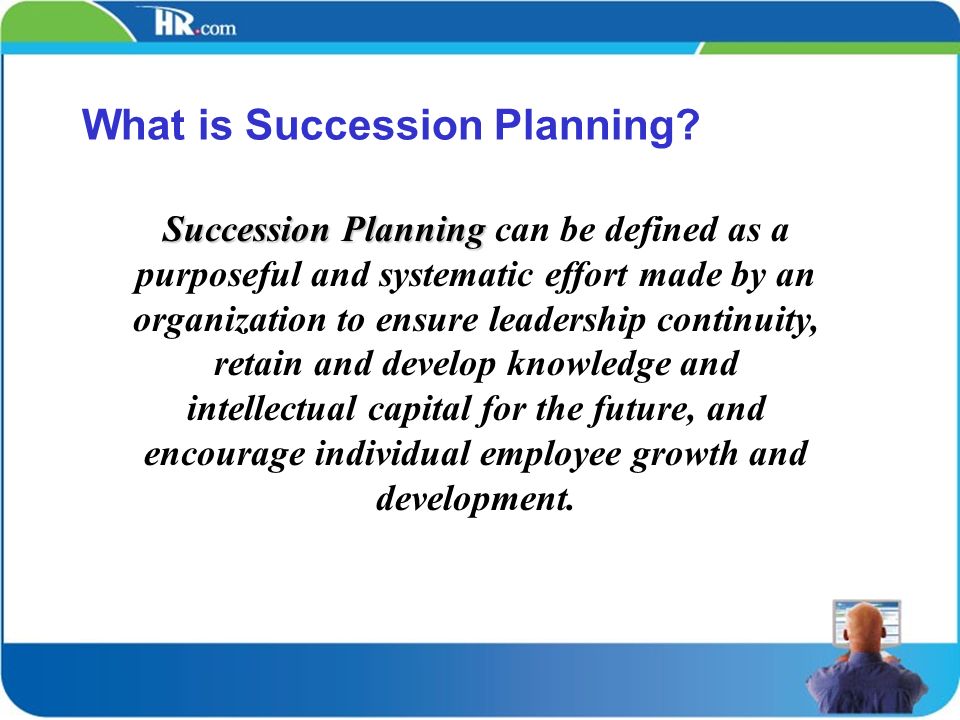 Emerging Best Practices And Trends In Succession Planning Ppt Video Online Download
Emerging Best Practices And Trends In Succession Planning Ppt Video Online Download
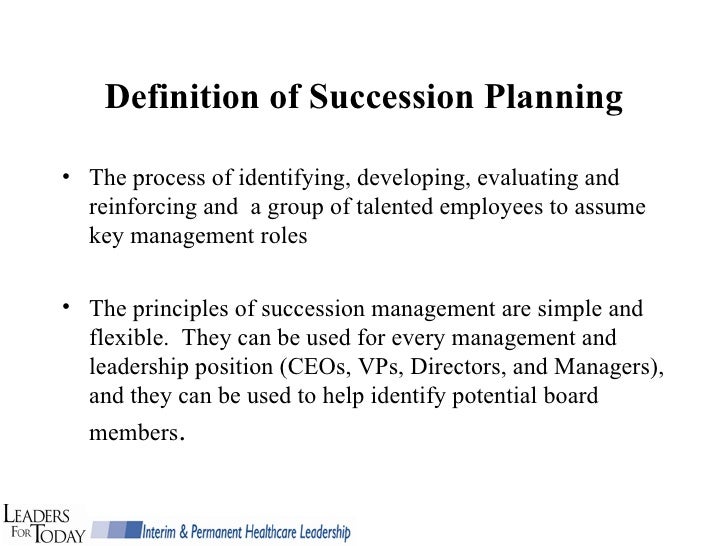 Succession Planning Presentation 2011
Succession Planning Presentation 2011
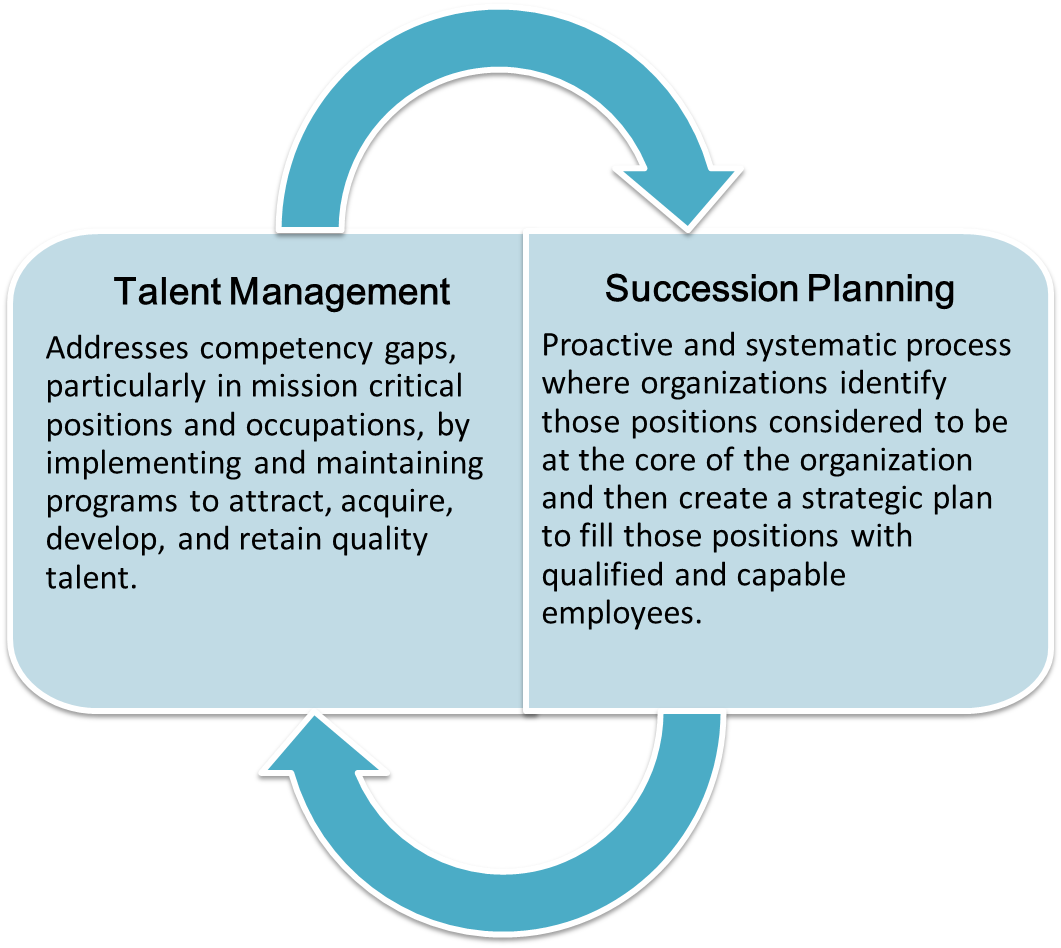 Leadership Talent Management Succession Planning Training And Development Policy Wiki
Leadership Talent Management Succession Planning Training And Development Policy Wiki
 Succession Planning Susan A Henry May Ppt Video Online Download
Succession Planning Susan A Henry May Ppt Video Online Download
 Succession Planning A Full Guide Aihr Analytics
Succession Planning A Full Guide Aihr Analytics
 Succession Planning Nurturing Your Talent Pipeline In 2021
Succession Planning Nurturing Your Talent Pipeline In 2021
 Succession Planning Definition Importance Process Challenges
Succession Planning Definition Importance Process Challenges
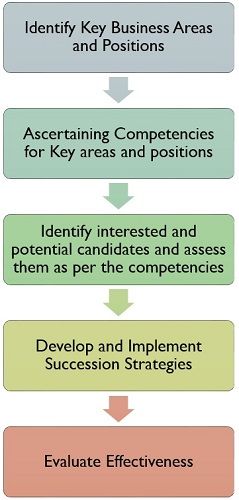 What Is Succession Planning Definition Need And Process Business Jargons
What Is Succession Planning Definition Need And Process Business Jargons
 Effective Leadership Succession Planning Deloitte Insights
Effective Leadership Succession Planning Deloitte Insights
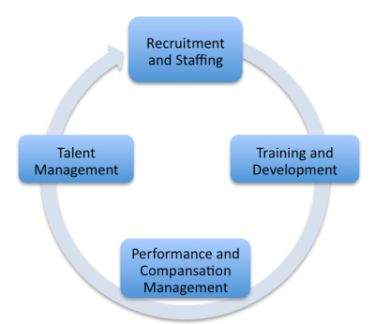 Succession Planning Tutorialspoint
Succession Planning Tutorialspoint
 Take These 7 Steps To Seamless Succession Planning
Take These 7 Steps To Seamless Succession Planning
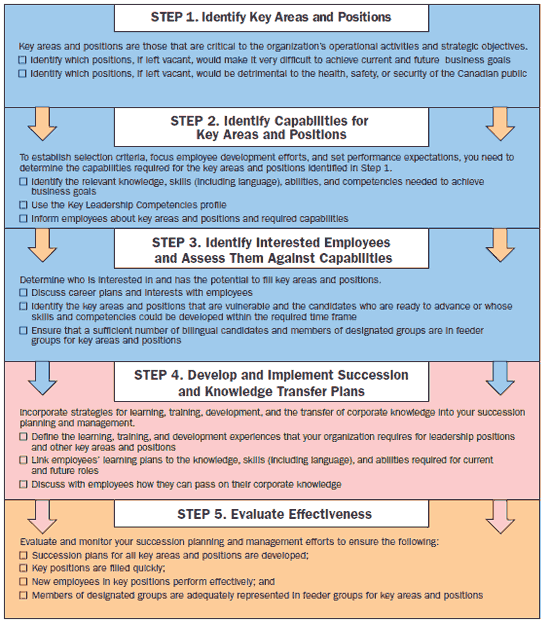 Succession Planning And Management Five Step Process
Succession Planning And Management Five Step Process
 Succession Planning Prepared By Yunus Triyonggo Ph D
Succession Planning Prepared By Yunus Triyonggo Ph D
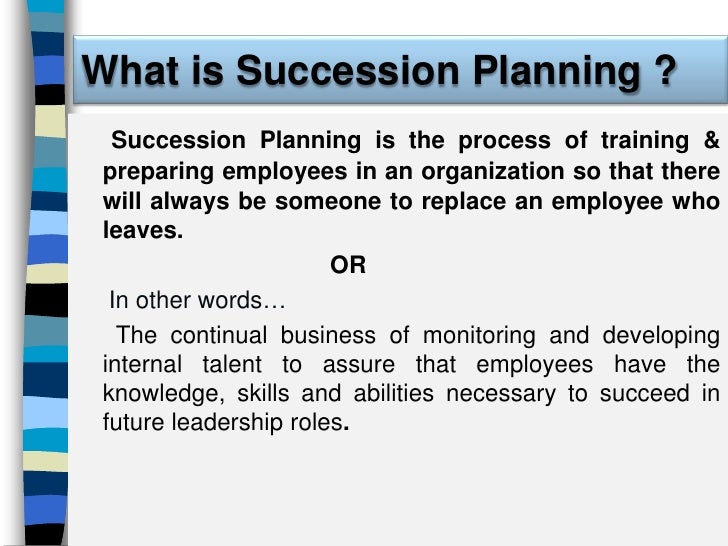
No comments:
Post a Comment
Note: Only a member of this blog may post a comment.